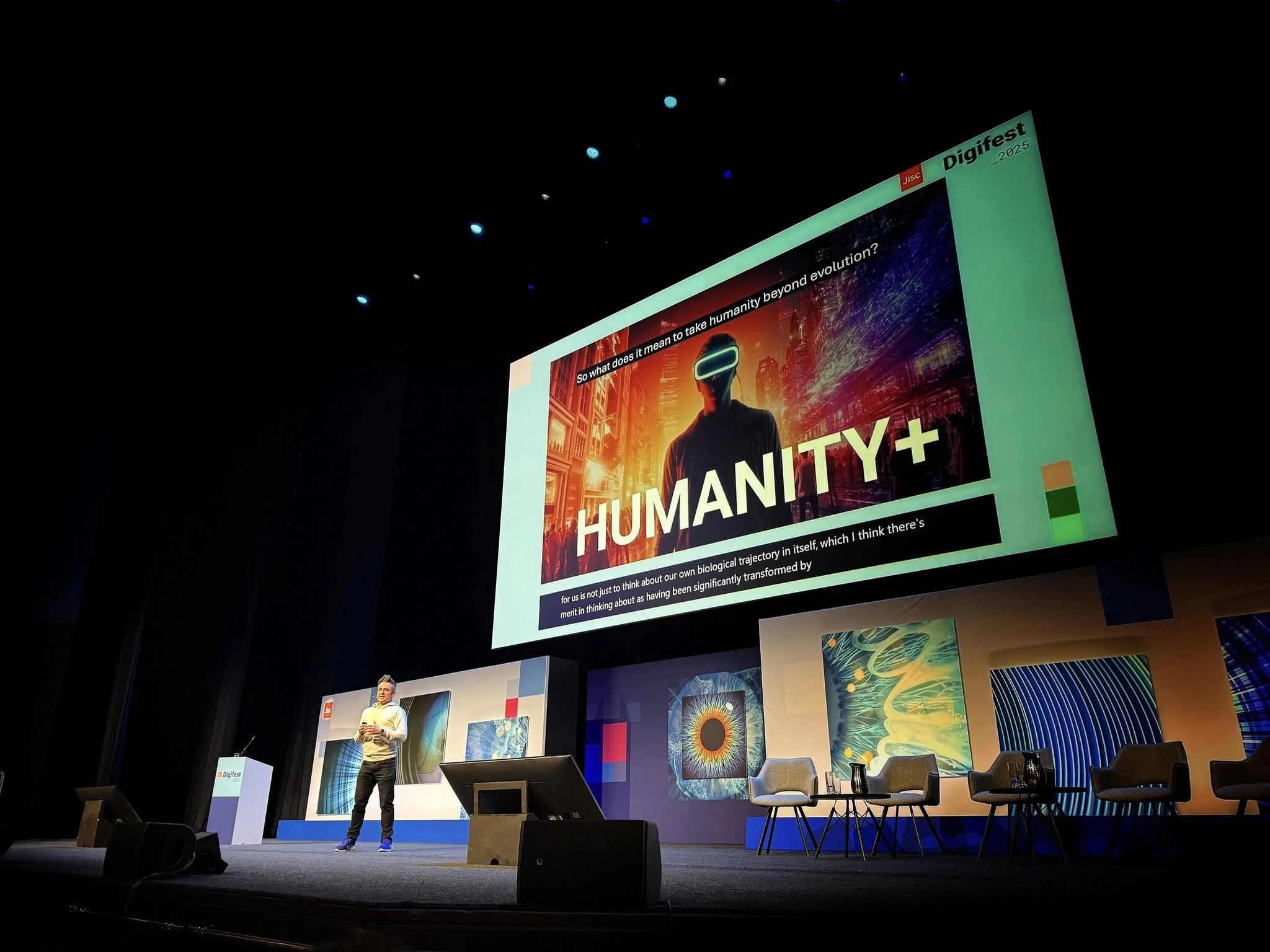
Make it stand out
What’s been happening?
Susan Sherwin
Jenny Gristock
Art-Place-Technology - International Symposium on Curating New Media Art
Science and Documentaries (2006 Film and History League Conference)
TransVision 2006: Emerging Technologies of Human Enhancement (1 March, 2006)
The Philosophy of Film: Towards an Understanding of Film as Art (15 March, 2006)
Extreme Culture/ Extreme Bodies (Feb 15, 2006)
FORENSIC FUTURES: INTERROGATING THE POSTHUMAN SUBJECT
e-Science: Transformations in the Conduct of Scholarship
Dangerous bodies: hysteric nation-states and rational reproduction in a biomedical age
World Leisure Journal
HOME, National Theatre of Scotland launch
Wonderland Magazine and This Sporting Life
Web Lecture from Torino
Glasgow School of Art
Back from Torino

The Value of an Open Future: Ability, Talent Identification & Genetic Determinism (2006)

